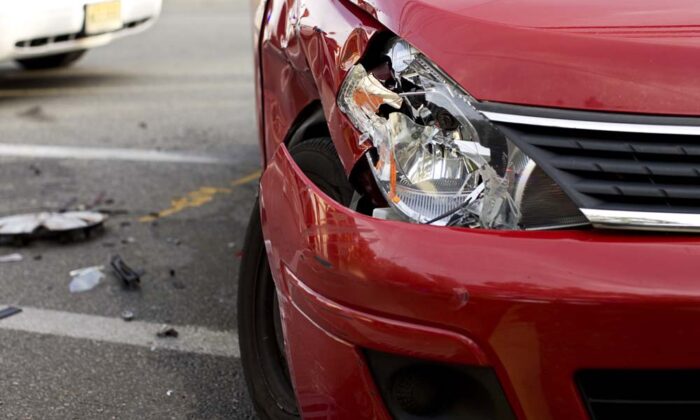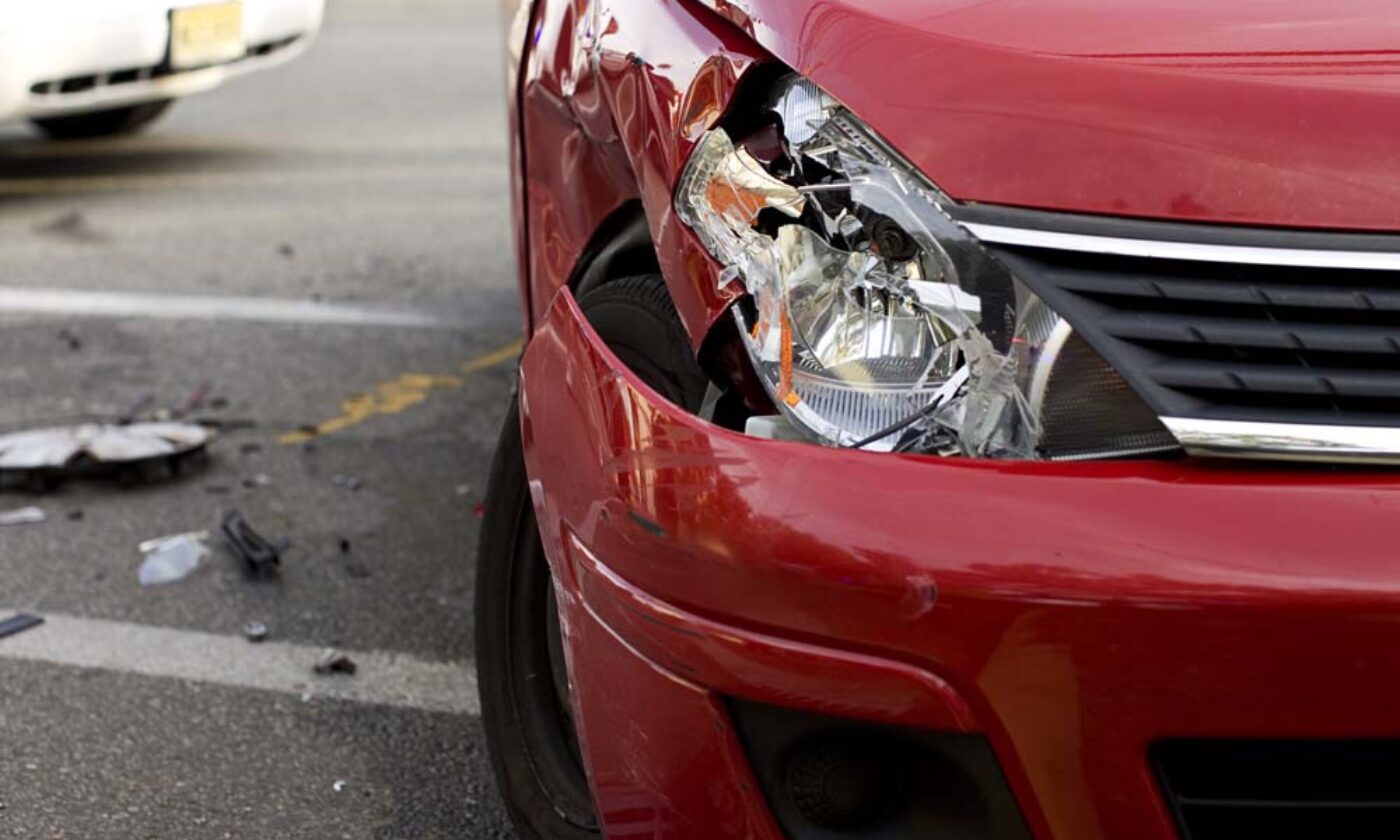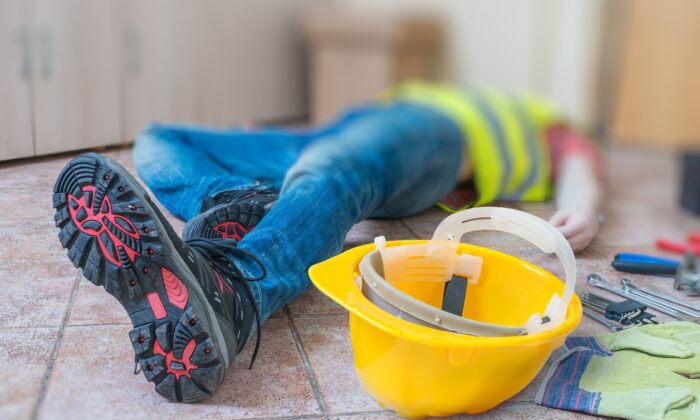Motor Vehicle Accidents
Rear-End Collisions: Who is at Fault?
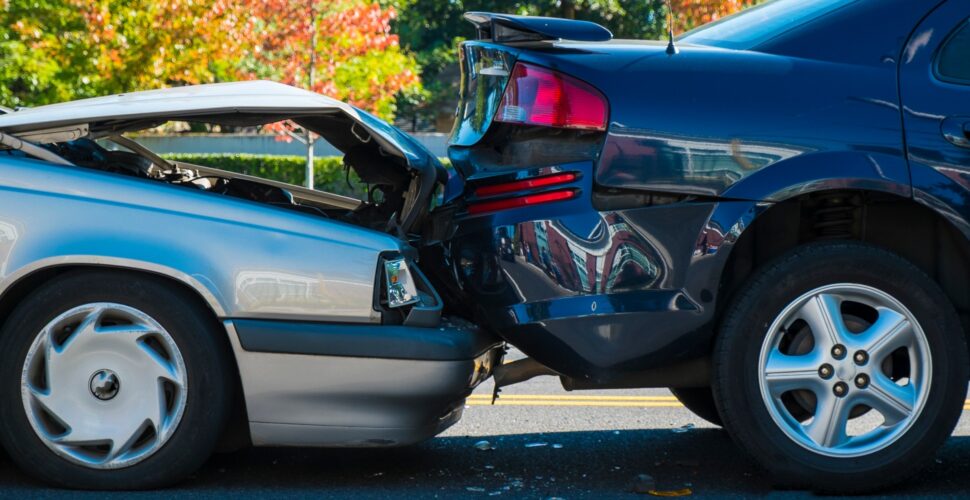
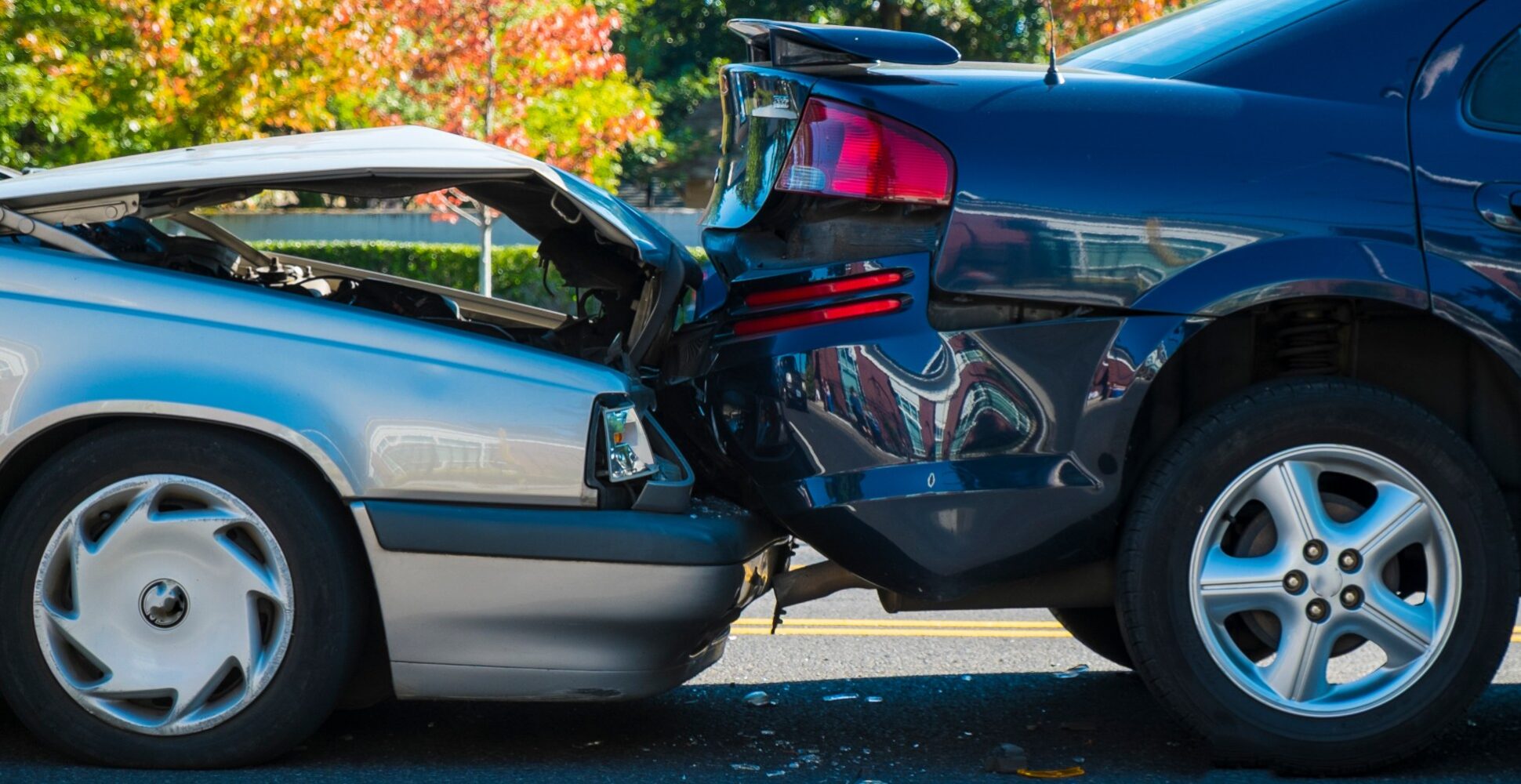
It’s peak hour and a driver, stuck crawling along a normally fast-moving road, possibly distracted by their phone, accidentally accelerates into the bumper and taillights of the stationary car in front causing injury to the driver and passengers.
In common scenarios like this, there’s not a lot of ambiguity about who’s at fault. However, there are many other scenarios where it’s the driver in front who can be shown to have been at least partially negligent.
What is a rear-end collision?
With a name that points to the person considered the default victim, a rear-end collision occurs when a vehicle is driven into the back of a vehicle ahead of it, causing damage and injury. It can also include a vehicle reversed into one behind it. It may in some rare cases be deliberate, such as if rammed from behind or because of sudden braking by the car in front.
How to determine who’s at fault in a rear-end car crash
In most rear-end accidents (especially where only two cars are involved), it’s the driver of the car that hit the other car from behind who’s considered to have caused the accident. This presumed negligence also makes them liable for both damage and injuries.
However, there are many situations where the lead driver could be held at least partially at fault, especially if the tailing driver had taken action to avoid or reduce any risks or hazards being created by the lead driver.
Examples where the driver in front could be held at least partially liable
- Not using their indicator for lane changes or for turns at intersections
- Driving overly slowly
- Driving aggressively
- Intimidating or antagonising other drivers by braking suddenly
- Not driving to the conditions such as heavy rain or wind or during busy periods
- Cutting another driver off in a lane-change or at an intersection
- Not pulling over to the shoulder when broken down, and not making themselves visible to other drivers with their hazard lights
- Reversing without checking sufficiently
- Rolling back into another car
- Where two cars reverse into each other in a carpark
- A multi-car pile-up caused by one car at the very back pushing all the other forward
- Malfunctioning brake lights
What should you do about injuries in a rear-end collision?
- Pull over to the side of the road
- Pull up your handbrake and shift your transmission into Park
- Put your hazard lights on
- Check if anyone is hurt. Even a small bump could be a sign of a more serious injury for you, one of your passengers or the passengers of another vehicle. If anyone is injured, you must call 000 and ask for the police and ambulance
- Speak to a Motor Vehicle Accident Specialist at LHD to see if you have a claim.
For more advice, visit our guide on what to do after a car accident. If your accident occurs in NSW or Victoria, visit our CTP and TAC pages to make a claim.
Example of a rear-end collision payout
Our client received extensive injuries to their upper body after being rear ended by a minivan while stationary at a roundabout. The impact of the collision caused their vehicle to spin out into the centre of the roundabout.
Initially, the third party insurer offered only $300,000 in compensation. Knowing this was insufficient, LHD negotiated a settlement of $403,758 – of which the client received $329,333 after legal fees.
Explore more recent wins and car accident compensation payout case studies.
Make a motor vehicle accident claim today
LHD Lawyers help everyday Australians receive the benefits they are entitled to for motor vehicle accident claims. We are so sure of our abilities to win your case that we stand firmly by our No Win No Fee Policy. Call 1800 455 725 to arrange a consultation.
Author: Phillip Scroupe
Original Publish Date: November 3, 2o21
Last Updated: April 3, 2024

Check if you’re eligible or get free claim advice now
